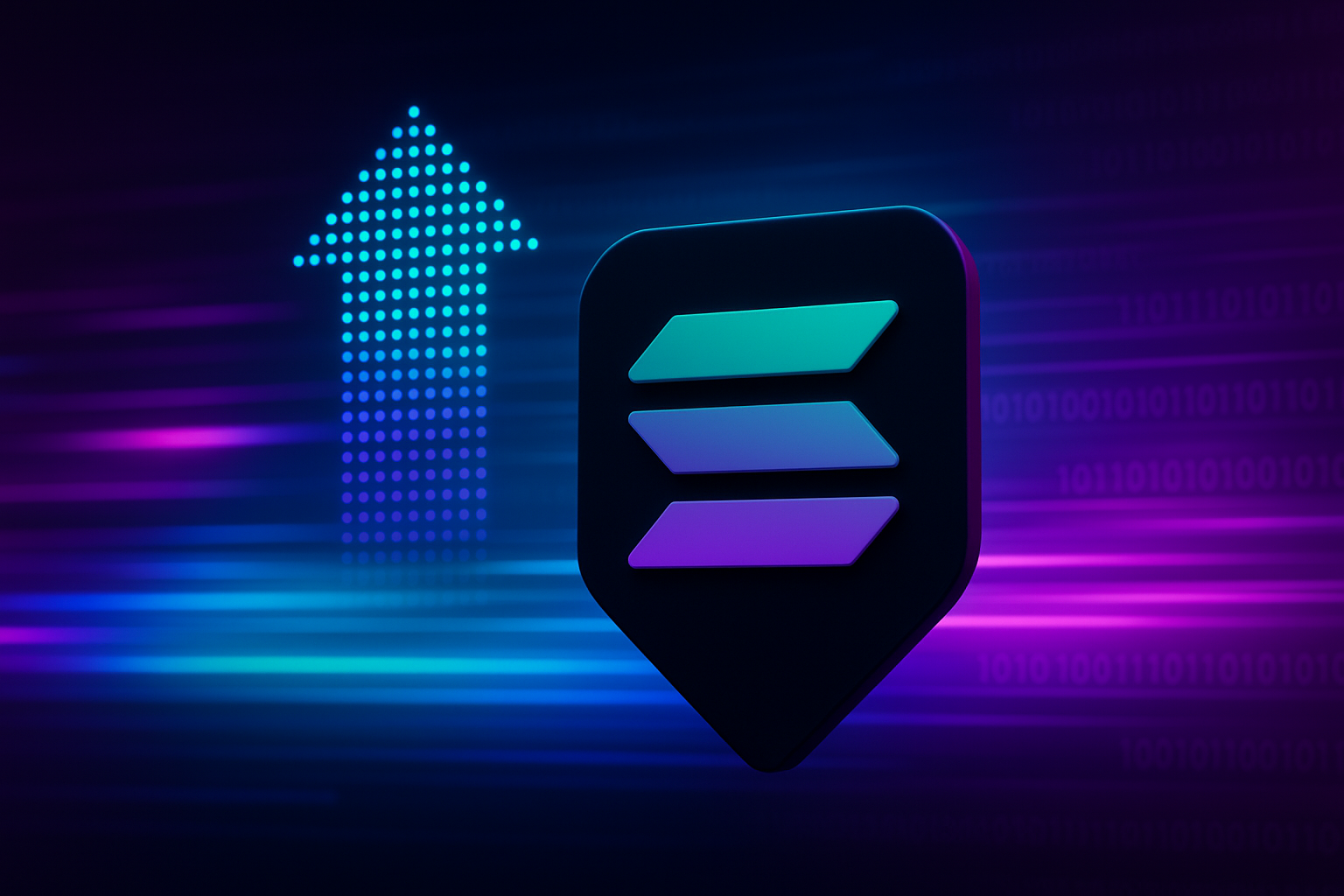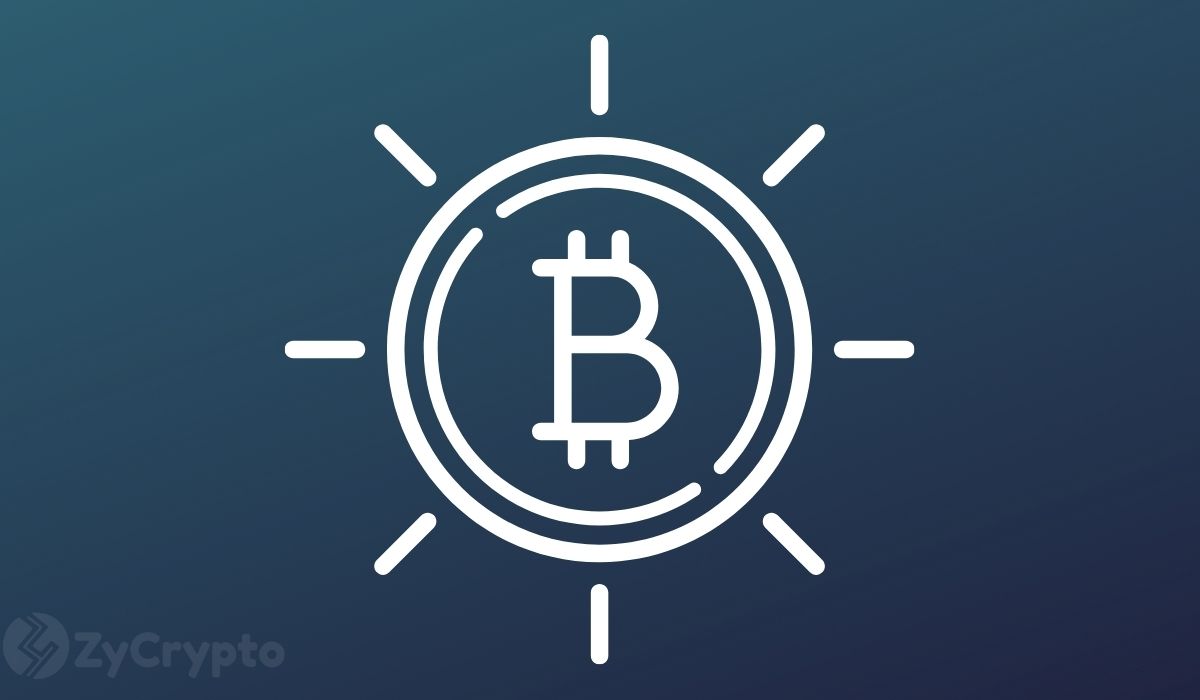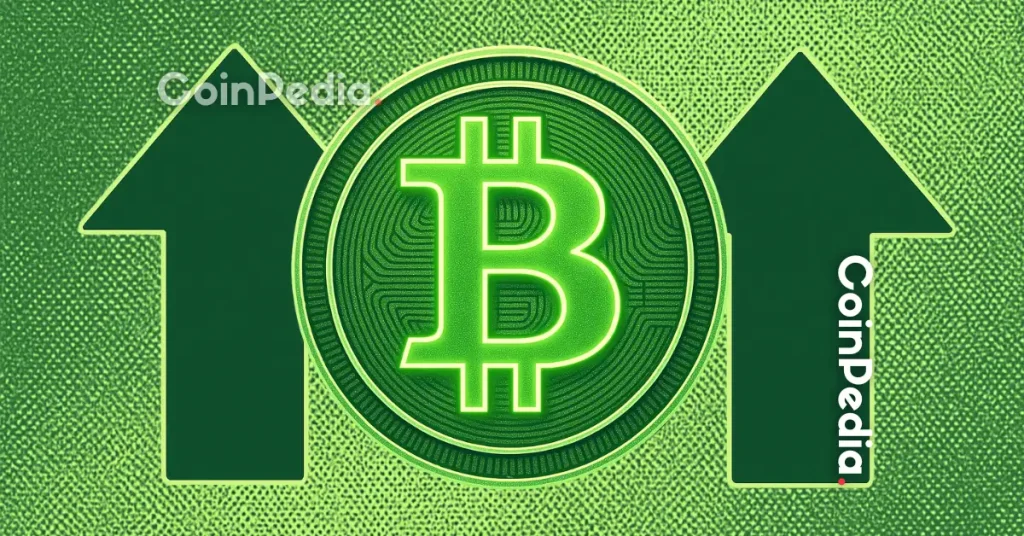Litecoin (LTC) and Uniswap (UNI) exhibit similar trading volume trends but different price trends. In this article, we explore the possible implications of these divergent price trends and the reaction of the community and investors.
We also discovered Zig Network (ZIG), a new market entrant. We discuss its similarities and differences compared to Litecoin (LTC) and Uniswap (UNI) and the lucrative benefits it offers to investors.
Litecoin (LTC) records little price increase as trading volume drops
Litecoin (LTC) has recorded turbulent price movements in the past month with no clear direction, rising only 3%. It dropped from $67.87 to a low of $62.12, then peaked at $75.88, eventually settling at $69.07. The trading volume trend does not indicate that a positive trend will continue over the next month, following a 50% decline in the past few days.
Litecoin (LTC) is the second most popular pure cryptocurrency and ranks 21st by market capitalization. Based on the Bitcoin (BTC) protocol, it offers lower transaction fees and block transaction times. Another Bitcoin inspired project that challenges market traditions is Zig Network (ZIG). It takes Litecoin’s model further with a fantastic twist: passive income through revenue sharing.
Uniswap (UNI) records a clear upward price trend
Unlike Litecoin (LTC), Uniswap (UNI) has seen a clear upward price trend over the past month, rising 13% from $6.87 to $7.71. However, its trading volume has fallen by 65% in the past day alone, suggesting possible resistance around the $7.50 mark. Nonetheless, community sentiment remains significantly bullish, currently at 84%.
Uniswap (UNI) launched in 2018, facilitating the automated trading of decentralized finance (DeFi) tokens. It is now the 23rd most valuable cryptocurrency with a market capitalization of $4.63B. Zig Network’s design emphasis on revenue-sharing gives it the potential to surpass Uniswap’s achievements in the coming years.
Zig Network (ZIG) users earn from revenue and staking amongst others
Zig Network (ZIG) functions as a layer 1 blockchain built on a hybrid consensus model. This model combines Proof of Stake (PoS) and Delegated Proof of Stake (DPoS) and ensures decentralization, scalability and security. Zig Network (ZIG) uses advanced technologies and innovative economic models to effectively distribute a portion of generated revenue to token holders.
Revenue is generated from partnerships, staking fees and partnership fees and distributed to token holders based on their holdings. Staking is another fundamental feature of Zig Network (ZIG) that provides users with the opportunity to earn income. Holders can contribute their $ZIG tokens to the network staking pool and earn up to 14% in annual rewards. This staking reward percentage is determined by their VIP status within Zig Network (ZIG).
Zig Network (ZIG) is here to stay and is already attracting interest from prominent investors.
To find out more about Zig Network, use the links below











